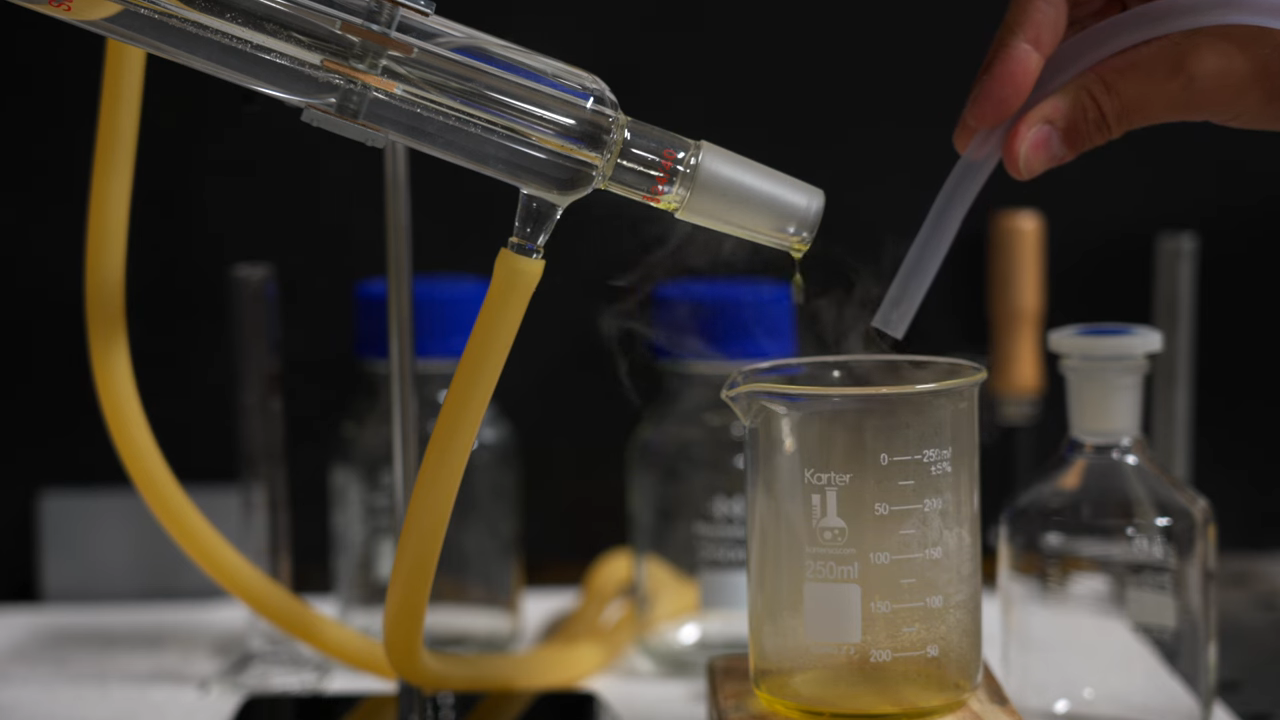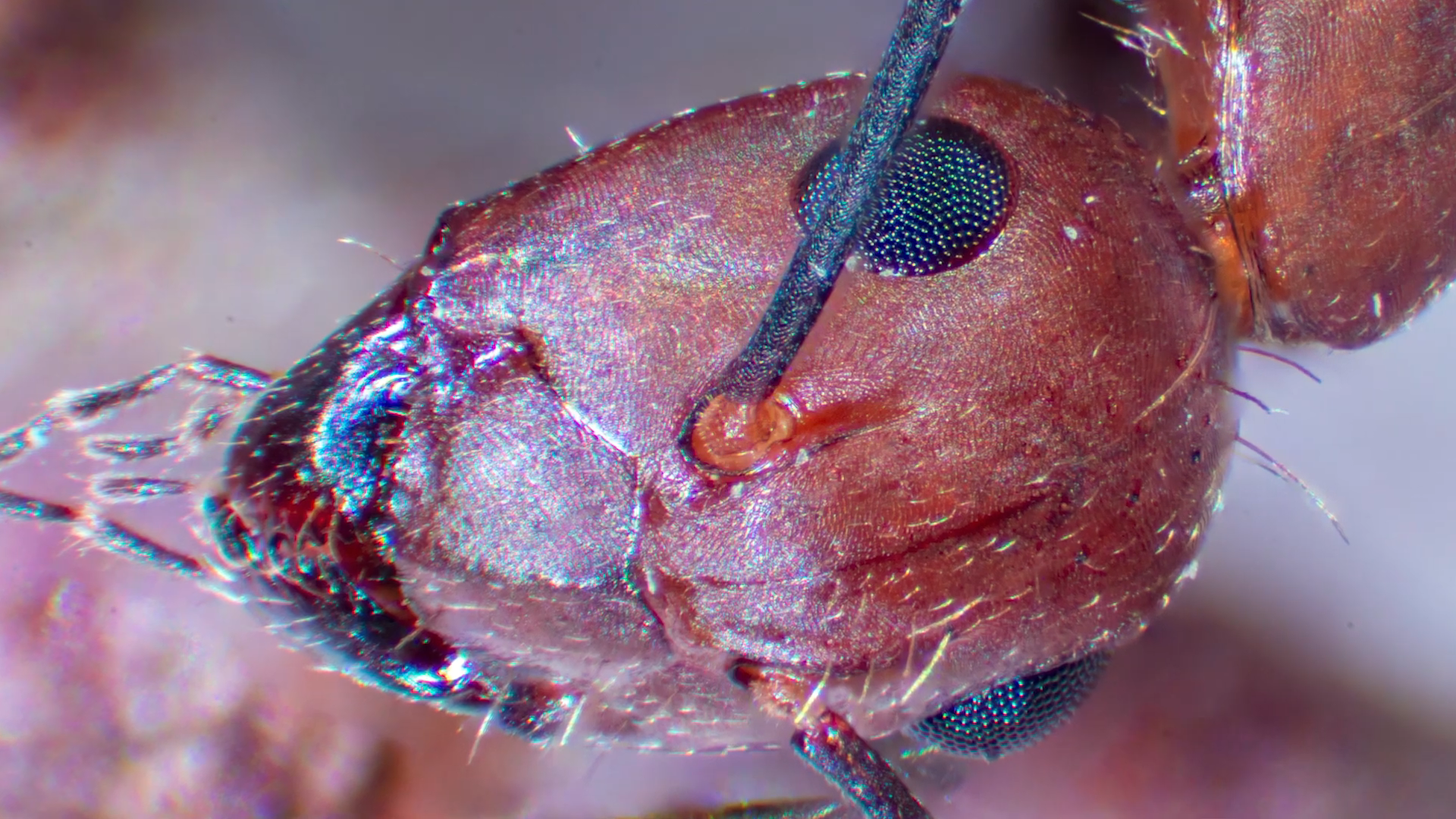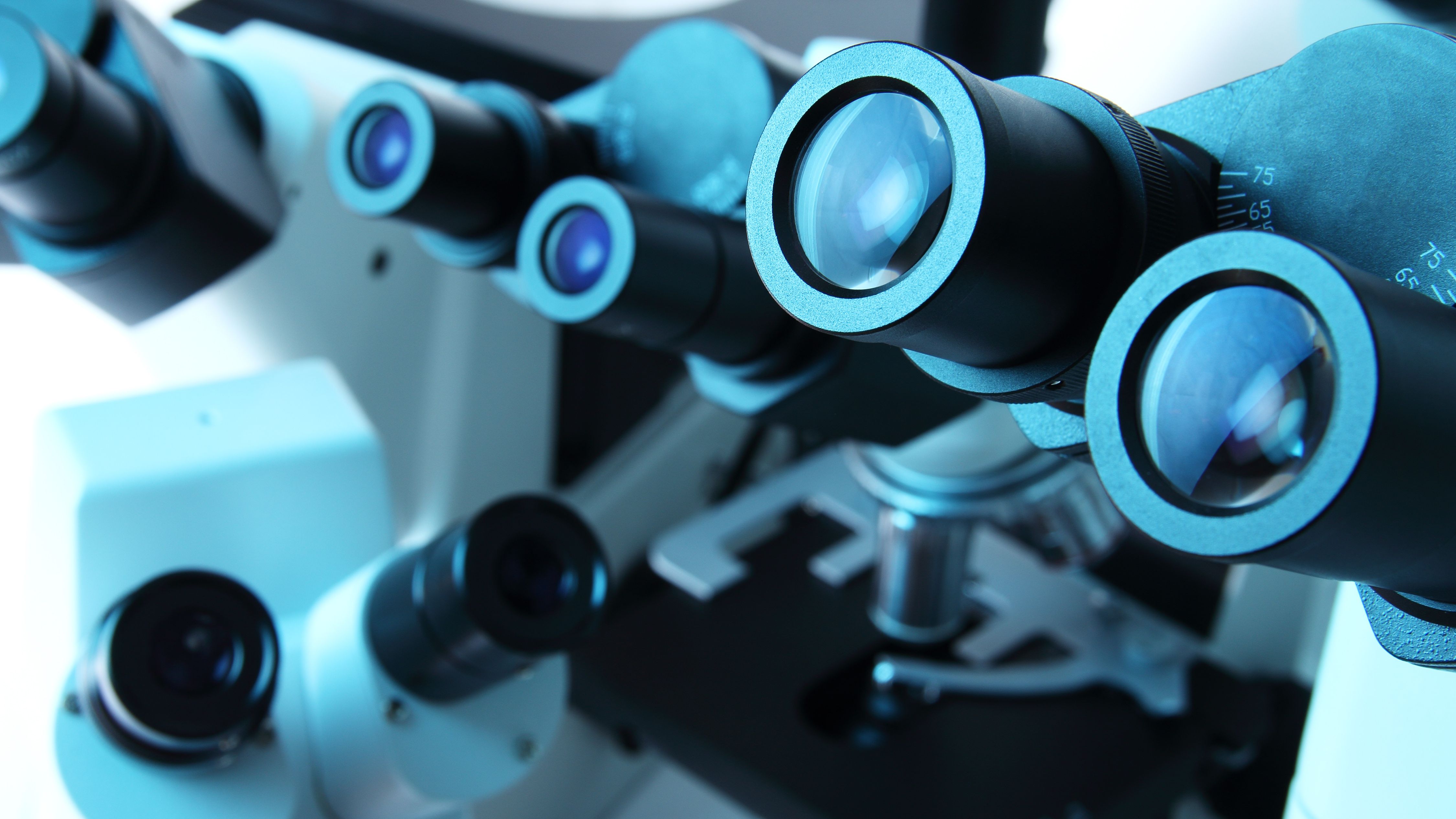OpenFlexure "uses 3D printers and off the shelf components to build open-source, lab-grade microscopes for a fraction of traditional prices. Used in over 50 countries and every continent, the project aims to enable Microscopy for Everyone."
"An open flexure microscope is built from a combination of off-the-shelf electronics, standard optical equipment, and 3D printed parts. The 3D printed parts are designed to be made on any entry grade printer anywhere in the world." "Nothing is proprietary or hidden."
"The finished microscope can run automatically for several hours, scanning samples with a built-in autofocus. The 8-megapixel camera is comparable to many commercial sight scanners, achieving a resolution below 400 nanometers."
"In practical terms this means that individual cell damage or parasites can be identified on a microscope with parts costing under $300. The stage is fully automated, intelligently planning its own path around samples. It can also self-calibrate, warning the user if there's any damage that could impact the diagnosis. The automated stage allows huge data sets to be collected and stored.
"In pathology, this let samples be archived, shared, or used for the training of medical students. this can also be the platform for low resource artificial intelligence systems or automated image processing, making emerging technologies more accessible in low resource settings."
Something else I didn't know exists until just now. Developed at the University of Bath, University of Cambridge, and the University of Glasgow, with contributions from the Baylor College of Medicine, Bongo Tech & Research Labs, and Mboalab.








